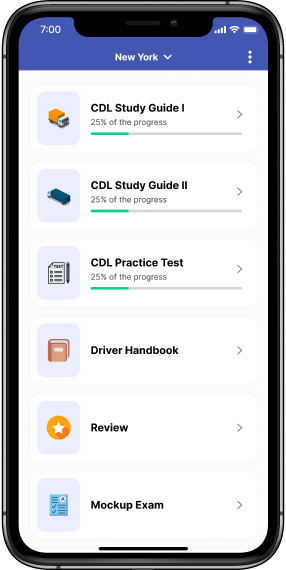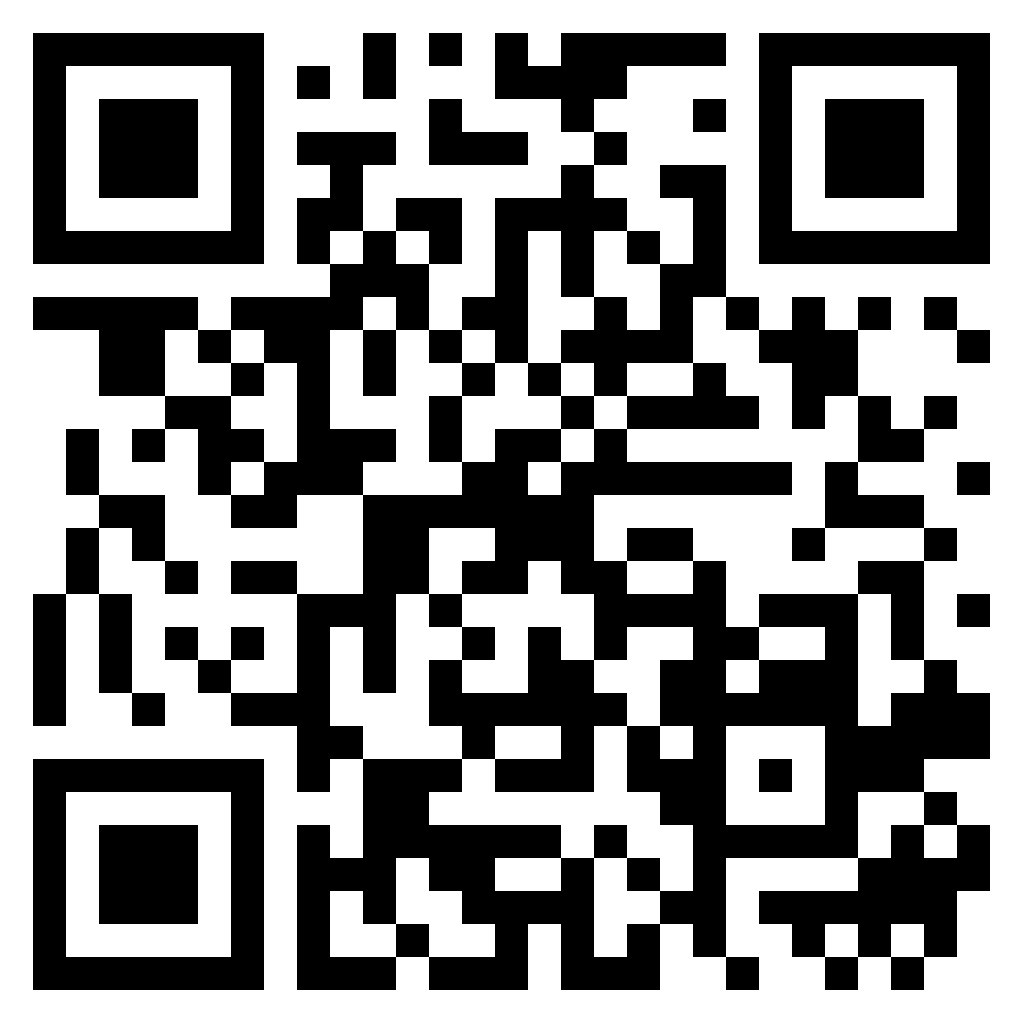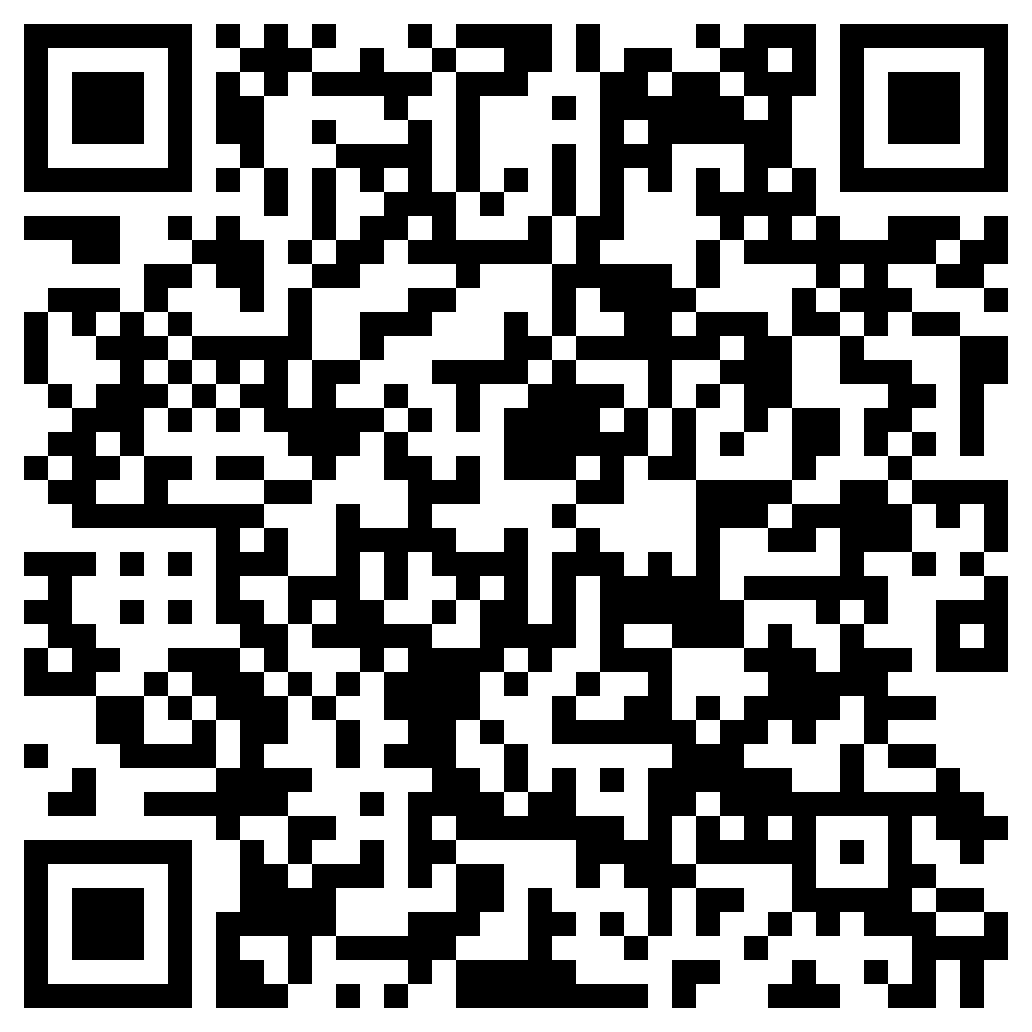AOBRDs - All You Need to Know

What is AOBRD?
AOBRD stands for "Automatic On-Board Recording Device". It is an electronic device motor carriers use to record a driver's hours of service (HOS) data in compliance with federal regulations. AOBRDs automatically record the driver's HOS data, such as driving time, on-duty time, and off-duty time. The motor carrier and law enforcement officials then use the recorded data to ensure compliance with federal regulations. However, AOBRDs have mainly been replaced by ELDs (Electronic Logging Devices), which provide more detailed information and meet specific technical requirements mandated by the Federal Motor Carrier Safety Administration (FMCSA).
Picture 01. AOBRD vs ELD
History of AOBRD
The history of Automatic On-Board Recording Devices (AOBRDs) dates back to the late 1990s when the first commercial devices became available for motor carriers to automate the recording of drivers' hours of service data.
The FMCSA began requiring some motor carriers to use AOBRDs as a condition of their operating authority in the early 2000s, gradually expanding these requirements. In 2010, the FMCSA introduced a proposal to mandate electronic logging devices (ELDs) to replace AOBRDs, which was eventually approved in 2015. This new ELD rule required all motor carriers to use ELDs to record their hours of service data and provided a two-year transition period for motor carriers to switch from AOBRDs to ELDs.In 2017, the FMCSA announced a two-year extension for motor carriers currently using AOBRDs to change to ELDs, with a compliance deadline of December 16, 2019. Today, most motor carriers have transitioned to ELDs as federal regulations require.Technical Requirements of AOBRD
The Federal Motor Carrier Safety Administration (FMCSA) has established specific technical requirements for Automatic On-Board Recording Devices (AOBRDs) that must be met to comply with federal regulations. Some of the technical requirements for AOBRDs include the following:
- The device must be integrally synchronised with the commercial motor vehicle's engine to automatically record the driver's duty status.
- The device must be capable of recording the driver's hours of service (HOS) data in a format that meets the requirements of FMCSA regulations.
- The device must display the driver's current duty status and cumulative driving time for the day.
- The device must produce a graph grid or a printout that displays the driver's duty status changes throughout the day.
- The device must be capable of generating reports, both on-demand and automatically, that show the driver's HOS data, as well as any violations of the regulations.
- The device must be tamper-resistant and tamper-evident to ensure the integrity of the HOS data.
- The device must be capable of transferring the driver's HOS data to law enforcement officials upon request, either by electronic means or printout.
These technical requirements were established to ensure that AOBRDs are accurate, reliable, and consistent with the requirements of federal regulations for recording and reporting drivers' HOS data. However, with the implementation of the ELD mandate, these technical requirements are no longer applicable to AOBRDs, as they are being phased out in favour of ELDs that meet specific technical standards set by the FMCSA.
Benefits of AOBRD
Automatic On-Board Recording Devices (AOBRDs) offer several benefits to motor carriers, including:
Figure 02. Benefits of AOBRD
- Time Savings: AOBRDs automate the recording of drivers' hours of service (HOS) data, reducing the time and effort required for manual data entry and paperwork.
- Increased Accuracy: AOBRDs record HOS data electronically, reducing errors and ensuring compliance with federal regulations.
- Improved Safety: By accurately recording HOS data, AOBRDs help to prevent driver fatigue and reduce the risk of accidents caused by tired drivers.
- Reduced Costs: AOBRDs can help motor carriers to save on administrative costs associated with paper logs and manual data entry and may also lead to reduced insurance premiums due to improved safety.
- Enhanced Efficiency: AOBRDs provide real-time information on driver availability and HOS status, enabling motor carriers to optimise their operations and make more informed decisions about dispatching and scheduling.
Limitations of AOBRD
While Automatic On-Board Recording Devices (AOBRDs) offered several benefits to motor carriers, they also had some limitations. Here are some of the key limitations of AOBRDs:
Limited Functionality
AOBRDs were primarily designed to record hours of service (HOS) data and had limited functionality beyond that. They did not provide the advanced data analysis and reporting capabilities of electronic logging devices (ELDs).
Potential for Abuse
While AOBRDs automated the recording of HOS data, there was still the potential for drivers to manipulate the system by entering false information or driving beyond their allowable HOS limits.
Lack of Real-time Monitoring
AOBRDs did not provide real-time monitoring of driver activity, meaning that motor carriers had limited visibility into driver behaviour until the data was downloaded and analysed after the fact.
Limited Data Storage
AOBRDs had limited data storage capacity, which meant that motor carriers needed to download and store the data regularly to avoid losing important information.
Compliance Issues
While AOBRDs helped ensure compliance with federal regulations, there were still instances where motor carriers failed to use the devices properly, leading to compliance issues and potential penalties.
It's important to note that while AOBRDs had some limitations, they still provided significant benefits to motor carriers when they were in use. However, with the advent of ELDs, many of these limitations have been addressed, leading to even more incredible benefits in accuracy, compliance, and data analysis capabilities.
Learn more about the CDL exams and valuable tips to pass the tests and obtain your commercial driver's license in our CDL articles.
Get ready for the CDL exams with our CDL Prep app, providing a variety of exam-like Questions and state-specific practice tests.





